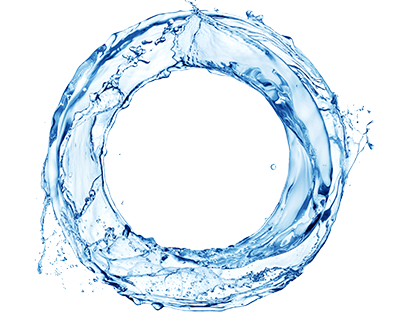
A building's internal water distribution system, whether for tertiary or residential use, is usually supplied by the public water supply. Managing the water correctly within the building will ensure its microbiological quality.
The 1998 European directive on water intended for human consumption introduced water quality checks on compliance at the outlet used for human consumption instead of at the point of entry to the building. So, the quality of distributed water is no longer the sole responsibility of the water supplier, but also that of building's owners and managers.
The design and the procedure for monitoring the water network must minimise the risk to health. If the microbiological quality of the water deteriorates, Legionella, Pseudomonas or even atypical mycobacteria may develop, all bacteria which are considered opportunistic pathogens for humans. In public and commercial buildings in France, and throughout Europe, the water provided for users is of a good quality. However, it is not possible to deliver water free from all microbial risk, due to:
- the complexity and inconsistencies in the potable water distribution system,
- successive changes to the original water system inside a building,
- new water distribution systems and materials specified,
- the emergence of new bacteria.



